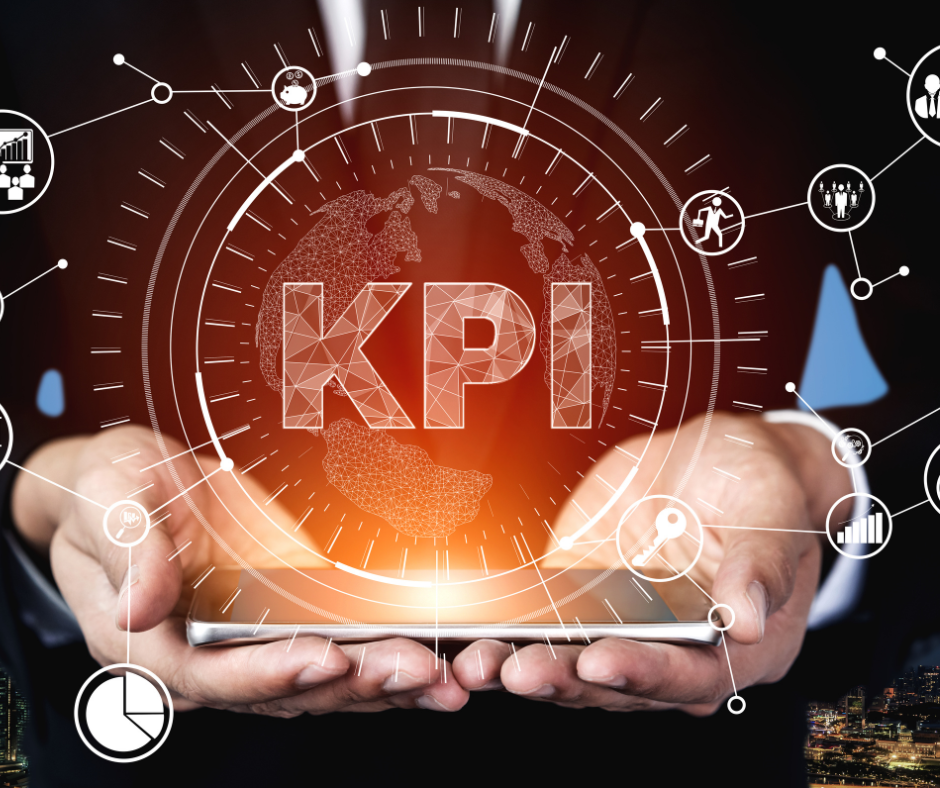In the dynamic landscape of today’s digital era, small businesses are embracing the exciting realm of e-commerce to supercharge their growth and revenue potential. But let’s be real: conquering the e-commerce frontier isn’t a cakewalk – it demands a savvy strategy fueled by the rocket fuel of data-driven decision-making. That’s where Key Performance Indicators (KPIs) swoop in as your trusty sidekicks, helping small businesses not only gauge their e-commerce triumphs but also unleash the power of improvement. So, fasten your seatbelts as we embark on a thrilling journey into the heart of e-commerce KPIs. Discover
Understanding E-commerce KPIs
Before we dive into the metrics that matter, let’s define what e-commerce KPIs are. KPIs are quantifiable measurements used to evaluate the performance of a business or specific aspects of it. In the e-commerce context, KPIs help entrepreneurs gauge how well their online stores are performing and identify areas that require attention.

The Importance of E-commerce KPIs
Imagine you have a small online boutique that sells handmade jewelry. You’re passionate about your craft but are struggling to turn a consistent profit. You knew you had a beautiful product, but sales were inconsistent, and you couldn’t figure out why.
Enter KPIs. They act as the compass, steering these small businesses toward success in the competitive world of e-commerce. Small businesses often have limited resources, making it essential to allocate them wisely. E-commerce KPIs enable business owners to:
- Track Progress: Monitor the success of their online ventures over time.
- Identify Issues: Quickly identify underperforming areas and address them.
- Make informed decisions: Use data to make strategic decisions.
Measuring E-commerce KPIs
Let’s explore some essential metrics that small businesses should measure.
1. Conversion Rate
The conversion rate measures the percentage of website visitors who complete a desired action, such as making a purchase. Monitoring this KPI helps businesses optimize their website for better user experiences and higher conversion rates.

2. Customer Acquisition Cost (CAC)
CAC reflects the cost of acquiring a new customer through marketing efforts. It’s essential for small businesses to keep this metric in check to ensure a sustainable growth strategy.

3. Average Order Value (AOV)
AOV measures the average amount a customer spends per order. Increasing AOV can significantly boost revenue without acquiring more customers.

4. Cart Abandonment Rate
This metric indicates how often customers abandon their shopping carts without completing a purchase. Reducing cart abandonment rates can have a direct impact on sales.

5. Customer Retention Rate
Retaining existing customers is often more cost-effective than acquiring new ones. This metric helps in evaluating how well a business is at keeping customers coming back.

Improving E-commerce KPIs
Now that we know what to measure, let’s explore strategies for improving these critical KPIs.
1. Enhance the Website User Experience
A seamless and user-friendly website can improve conversion rates and reduce cart abandonment. Optimize site navigation, page loading speed, and mobile responsiveness. For instance, ensure that your website loads quickly on both desktop and mobile devices. Simplify the checkout process, making it intuitive and hassle-free for customers. Use clear and enticing calls-to-action (CTAs) to guide users toward making a purchase.
2. Refine Marketing Strategies
Analyze your Customer Acquisition Cost (CAC) and explore more cost-effective marketing channels. Refining your targeting can lead to better customer acquisition costs. For example, if you find that your CAC is high, consider investing more in channels that deliver a lower CAC, such as content marketing or social media advertising. Use data analytics to identify which marketing campaigns are most successful in attracting high-value customers.
3. Upsell and Cross-sell
Increase Average Order Value (AOV) by suggesting related products or offering bundles during the checkout process. Customers are more likely to spend more when given relevant options. For instance, if a customer is buying a camera, offer complementary accessories like a camera bag or extra lenses at a discounted price during checkout. Implement product recommendations based on the customer’s browsing and purchase history.
4. Abandonment Recovery
Implement cart abandonment recovery emails or pop-ups with incentives to encourage customers to complete their purchases. For example, if a customer leaves items in their cart without checking out, send them an automated email reminding them of the items and offering a limited-time discount to entice them to complete the purchase. Use persuasive language and compelling visuals in these recovery messages.
5. Loyalty Programs
Reward loyal customers with incentives like discounts, exclusive offers, or early access to new products to improve customer retention. Create a loyalty program that rewards customers for repeat purchases or reaching certain spending thresholds. Ensure that the rewards are enticing enough to encourage customers to continue shopping with your brand. Promote the loyalty program through email marketing and on your website to engage customers.
By implementing these strategies, small businesses can not only measure their KPIs effectively but also drive tangible improvements in their e-commerce performance.
Conclusion
In the world of e-commerce, small businesses must continuously adapt and improve to remain competitive. By diligently measuring and enhancing their KPIs, entrepreneurs can navigate the digital landscape with confidence. Remember, e-commerce success is not just about selling products online; it’s about creating exceptional experiences that keep customers coming back for more.
FAQs
1. What are some other essential e-commerce KPIs for small businesses?
Besides the mentioned KPIs, monitoring website traffic, bounce rate, and customer lifetime value are also crucial for small businesses.
2. How often should I review my e-commerce KPIs?
Regular reviews are essential, but the frequency may vary. It’s recommended to review them monthly or quarterly to track trends and make timely adjustments.
3. Can e-commerce KPIs help reduce advertising costs?
Absolutely. By optimizing customer acquisition costs and focusing on high-value customers, businesses can make their advertising efforts more efficient.
4. What’s the best way to implement a loyalty program for my e-commerce store?
Consider using loyalty program software that can track customer purchases and offer rewards automatically. Ensure the program aligns with your brand and customer preferences.
5. Where can I find resources to help me further improve my e-commerce KPIs?
You can find valuable resources online, including e-commerce blogs, courses, and industry-specific forums. Networking with other small business owners can also provide insights and advice.
Let’s take your e-commerce business to the next level together!
For any inquiries about your business needs and our services, drop us an email at gary@shipdepot.com or give us a ring at 818-510-1499. We are happy to help!






